





2021-09-04
The creation of an appropriate visual environment is a fundamental requirement in sports design and the effective integration of the artificial lighting system should be considered as a standard part of a modern sports facility. The general benefits of good artificial lighting can be readily understood:
• Indoors, artificial lighting helps designers to provide consistent, uniform, adequate lighting levels, sometimes using artificial lighting alone and sometimes with supplementation by daylight.
• In facilities such as swimming pools, artificial lighting is essential for the maintenance of safe Conditions.
• The high, uniform levels of light necessary for many televised sports events can only be ensured through artificial lighting.
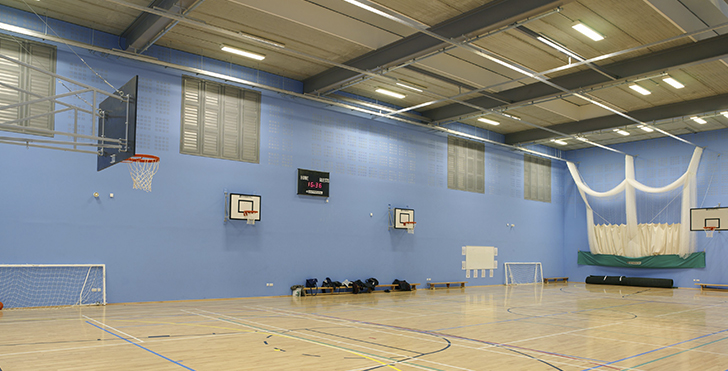
LIGHITNG DESIGN ISSUES:
BALL-PROOF RESISTANCE FOR SAFETY
When we are playing ball games, the ball moving at a high speed will sometimes collide with the lamp installed on the roof, which will cause safety hazards. Such safety hazards involve human life, which should be paid attention to. So this requires that our products must meet the requirements of the ball impact resistance, through professional testing standards. DIN18032-3, which requires that the luminaire must withstand 36 handball shots with the maximum speed of 60 km/h from three different directions.
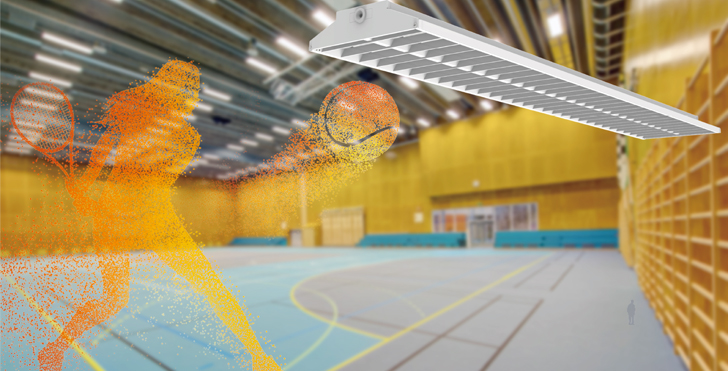
GLARE CONTROL UGR
Glare shall be limited to avoid a reduction in visual performance or a clearly noticeable discomfort for players, officials or spectators. This requirement has the highest priority. The complete elimination of glare in sport is difficult to achieve due to the ever-changing directions of view of participants. Nevertheless, measures should be taken to minimize glare that may affect the visual performance of participants. When attempting to minimize the likelihood of glare, the factors over which a designer has control are:
• Selection of luminaires designed with attention to the avoidance of glare.
• The locations of the luminaires. luminaires should be located in positions which mean that players will not need to look towards them or in their general direction in the course of a game.
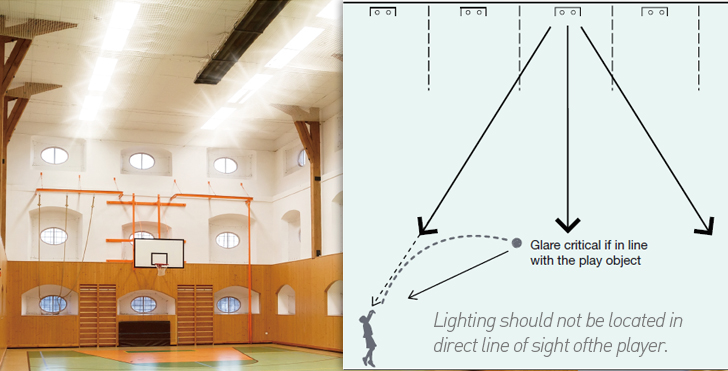
EVEN ILLUMINATION

Generally, the full volume of the field of play should be illuminated evenly to create equal playing conditions for all players and to create a consistent level of visibility. Changes in illuminance levels can create difficulties in judging the speed and the trajectory of the playing object. Initial design considerations typically include satisfying horizontal illuminance and uniformity ratio values. Additionally, with some sports illuminance gradients are specified so that rates of change of illuminance are restricted, thereby preventing sharp changes in illuminance over short distances on the playing area. Among other things, this avoids the appearance of ‘banding’ on the playing surface.
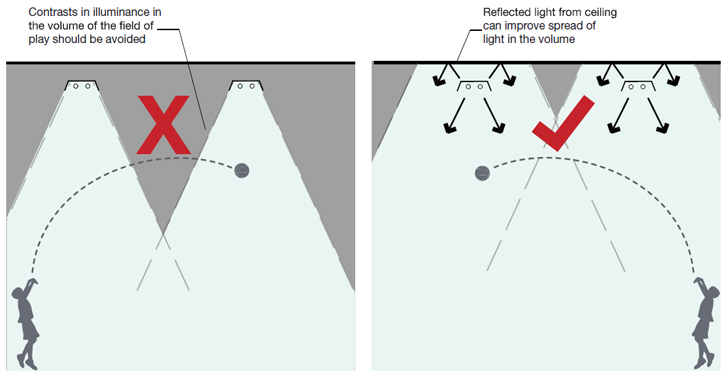
Even illumination is required in the full volume of the field of play.
FULL VOLUME ILLUMINATION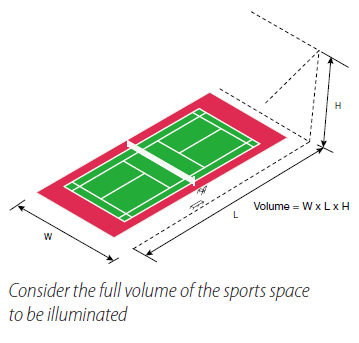
The whole of the three-dimensional volume above and including the field of play should be considered, rather than just the two-dimensional surface of the playing area.
Where
events are televised, or for sports which involve great use of the
height above the playing area - for instance badminton, athletics
throwing events, cricket, rugby - consideration of the full volume is
especially important. In lighting engineering terms, this means
considering both horizontal and vertical planes for the full volume of
the field of play. Values of vertical illuminance should not be less
than 30% of the corresponding simultaneous horizontal values, measured
at the same locations. Vertical illuminance values are measured 1.5 m
above court level; horizontal illuminance is measured on the court
surface.
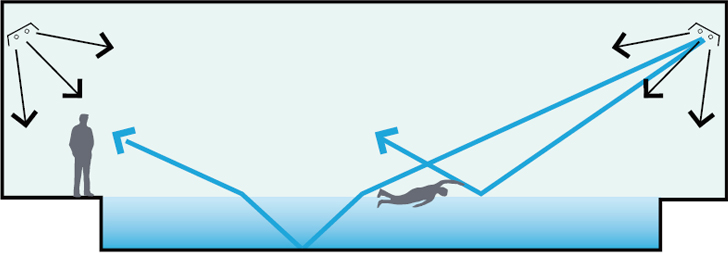 Visibility issues need to be considered throughout the volume of the field of play.
Visibility issues need to be considered throughout the volume of the field of play.
LIGHTING LEVEL
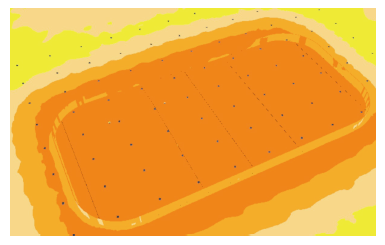
Indoor Sports - Summary of the recommendations of BS EN 12193:2018 with additional notes on key design issues
Class I : Top level competition such as international and national competition which will generally involve large spectator capacities with long potential viewing distances. Top level training can also be included in this class. For some sports the requirements of governing body might take precedence over the values in this standard.
Class II: Mid-level competition such as regional or local club competition which generally involve medium size spectator capacities with medium viewing distances. High level training can also be included in this class.
Class III: Low level competition such as local or small club competition which generally do not involve spectators. General training, physical education(school sports) and recreational activities will also come into this category.

Related Links:http://www.ervan.cn/article/new_product_news/INDOOR_SPORTS_LIGHTING_SOLUTION_2_427.html